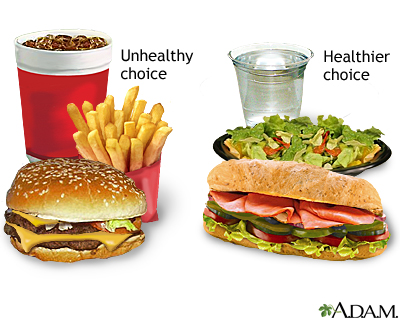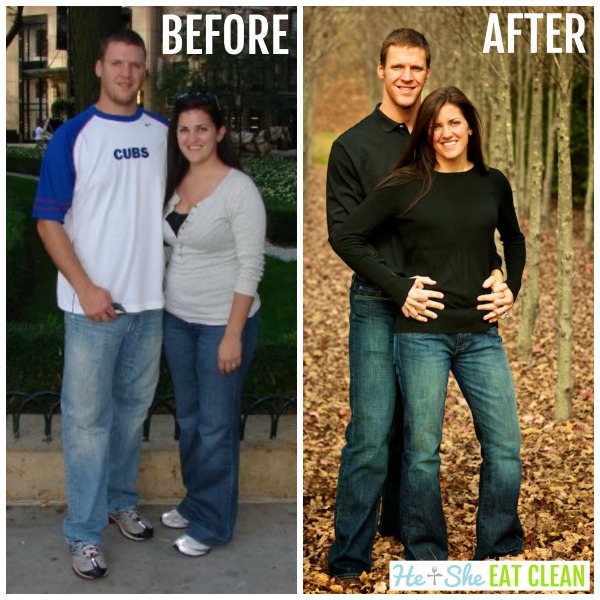
Schools are a key environment for healthy eating, according to health educators. The majority of children in schools consume about half their daily calories. Proper nutrition during childhood and adolescence promotes proper growth and development and prevents chronic conditions such as obesity and diabetes. In addition, providing adequate nutrition supports cognitive development and reduces absenteeism. School environments offer many opportunities to encourage healthy eating.
School nutrition education programs help students to develop healthy eating habits and critical thinking skills. It provides information on the best foods to eat and how they can be chosen. It also provides links to resources for healthy eating. The Dietary Guidelines give guidelines for healthy eating, including regular exercise, healthy weight, moderate alcohol intake, and healthy body weight. A health education program helps students make informed choices about the foods they eat and provides resources for the food industry.

Health professionals need to stress the importance and role of nutrition in mental health. There are many cases of people suffering from mental health problems that are related to diet and nutritional issues. Some people don't even know these problems exist. Therefore, it is important that we emphasize the impact nutrition has on mental health. Education on healthy eating is a great tool to prevent eating disorders, and other problems in the lifestyle. Not only is it about improving your physical fitness, but it can also improve your self-awareness.
A nutrition education program can be designed to teach preschoolers how to make healthy choices. It can include behavior change techniques like motivational tool and can even be gamified. The Define phase should begin with an understanding of the nutrition context. While it is essential to create a program, it should also be fun and easy for people to use. There are many steps to follow if you want to create a health education program.
It is important to educate children in school about healthy eating. It is crucial to emphasize the importance of food in everyday life. It is vital that children are taught how to eat healthy foods in order to have optimal health. It is important that children are taught how to prepare and how to properly eat food. Children and adults should have a chance to make and maintain emotional and social connections through school meals. It should provide nutrition education at schools and a curriculum that incorporates the food system.

In the same study, it was not possible to determine whether a nutrition education program affects a child's attitudes toward food. A few studies have found that Fitter Critters, a game that encourages healthy eating, can increase positive attitudes and self-efficacy. According to the researchers, children who play the game are more likely to have healthy eating habits. Another study concluded that the games helped students eat more fruits and vegetables.
FAQ
Exercise: Is it good or bad for immunity?
Your immune system is strengthened by exercise. When you exercise, your body produces white blood cells which fight off infections. You also get rid of toxins from your body. Exercise can prevent diseases such as cancer and heart disease. It can also lower stress levels.
However, overtraining can damage your immune system. Exercising too hard can make your muscles sore. This causes inflammation and swelling. In order to fight infection, your body must produce more antibodies. These extra antibodies can lead to allergies or autoimmune disorders.
So, don't overdo it!
Do I need calories to count?
You may be wondering "what is the best diet for you?" or "is counting calories necessary?" It depends on many factors such as your current health, personal goals, preferences, and overall lifestyle.
The Best Diet for Me - Which One is Right For You?
The best diet for me depends on my current health status, my personal goals, my preferences, and my overall lifestyle. There are many different diets, some good and some not so good. Some are better for certain people than others. What should I do then? How can I make the best decision?
These questions are addressed in this article. It starts with a brief introduction of the different types of diets available today. Then we will discuss the pros & cons of each kind of diet. Then, we will discuss which diet is the best.
To begin, let's take a quick look at the different types of diets.
Diet Types
There are three main types of diets: low fat, high protein, and ketogenic. Let's discuss them briefly below.
Low Fat Diets
A low fat diet is a diet that restricts the amount of fats consumed. This is achieved by reducing saturated fats like butter, cream cheese, and other dairy products. You can replace them with unsaturated oils (olive oil and avocados) A low fat diet is often recommended for those who want to lose weight quickly and easily. This diet can cause constipation, heartburn, and stomach problems. It can also lead to vitamin deficiencies, if someone doesn't get enough vitamins in their food.
High Protein Diets
High protein diets are known to restrict carbohydrate intake and promote the consumption of proteins. These diets often have higher levels of protein than most other diets. These diets can help increase muscle mass and decrease calories. The downside is that they may not provide adequate nutrition for someone who needs to eat regularly. Also, they tend to be very restrictive, so they aren't suitable for everyone.
Ketogenic Diets
Ketogenic diets are also known as keto diets. They are high in fat, moderately high in protein and low in carbohydrates. They are commonly used by athletes and bodybuilders, as they allow them train harder and more frequently without getting tired. They do require strict compliance to avoid any side effects like fatigue, headaches, nausea, and headaches.
Are there 5 ways to have a healthy lifestyle?
Healthy lifestyles include eating right, exercise regularly, getting enough rest, managing stress, having fun, and eating healthy. Avoiding sugar and processed foods is key to eating well. Exercise is good for your body and muscles. Sleeping enough can improve memory and concentration. Managing stress reduces anxiety and depression. Fun keeps us vibrant and young.
Does being cold give you a weak immune system?
Cold can make you less immune to infection because your body makes fewer white blood cells, which are essential for fighting infections. Cold can also make you feel better as your body releases endorphins to your brain, which reduce pain.
Why does our weight change with age
How can you tell if your bodyweight has changed?
Weight loss occurs when there is less fat than muscle mass. This means that the amount of calories consumed must exceed the amount of energy used daily. A decreased level of activity is the main cause of weight loss. Others include pregnancy, hormonal imbalances or certain medications. Weight gain occurs when there is more fat than muscle mass. It occurs when people eat more calories than what they use in a given day. The most common causes are overeating, increased activity, hormonal changes, and excessive calories.
Our bodies lose weight mainly because we eat less calories that we burn. Regular exercise increases metabolism, which means that we burn more calories per day. But, this does not mean that we will be thinner. It is important to know if we are losing weight or gaining muscle. Weight loss is possible if you burn more calories than you consume. But if you consume more calories than you burn, you're actually storing them for fat.
As we age we tend to be slower in moving and thus we don't move nearly as much. We also tend eat less than we used to. As a result, we gain weight. On the other hand, we have more muscle mass and look larger than we actually are.
There's no way to tell how much weight you've lost unless you weigh yourself every week. There are many ways you can measure your weight. There are many ways to measure your weight. You can check your waist, hips, thighs, arms and legs. Some prefer to use bathroom scales, while others prefer tape measures.
Track your progress by measuring your waistline and weighing yourself every week. You can also take pictures of yourself every few months to see how far you've come.
You can also find out how much you weigh by looking up your height and weight online. For example, if you're 5'10" tall and weigh 180 pounds, you'd probably weigh 180 pounds.
Statistics
- Extra virgin olive oil may benefit heart health, as people who consume it have a lower risk for dying from heart attacks and strokes according to some evidence (57Trusted Source (healthline.com)
- nutrients.[17]X Research sourceWhole grains to try include: 100% whole wheat pasta and bread, brown rice, whole grain oats, farro, millet, quinoa, and barley. (wikihow.com)
- According to the Physical Activity Guidelines for Americans, we should strive for at least 150 minutes of moderate intensity activity each week (54Trusted Source Smoking, harmful use of drugs, and alcohol abuse can all seriously negatively affect your health. (healthline.com)
- In both adults and children, the intake of free sugars should be reduced to less than 10% of total energy intake. (who.int)
External Links
How To
How to live a healthy lifestyle
Healthy lifestyle means you can maintain your weight, health, and fitness. Healthy living means eating right, exercising regularly, getting enough rest, and staying away from harmful substances like alcohol, tobacco, cocaine, and drugs. A healthy lifestyle will help you feel great and stay in shape. Healthy lifestyles can also reduce the risk of chronic diseases, such as stroke, heart disease, diabetes, cancer, osteoporosis and arthritis.
This project had the main objective of providing a step-by–step guide to living a healthier lifestyle. The introduction was the first section of the project. It explains the importance of a healthy lifestyle, how it can be achieved, and who you are. The body paragraphs contain tips on how to maintain a healthy lifestyle. Finally, I wrote my conclusion. It summarizes the entire article and gives additional resources if required.
I was able to learn how concisely and clearly I could write my paragraphs through this assignment. Also, I learned how to organize my ideas into topic sentences and supporting details. Moreover, I improved my research skills because I had to find specific sources and cite them properly. I also learned how to write with proper grammar.